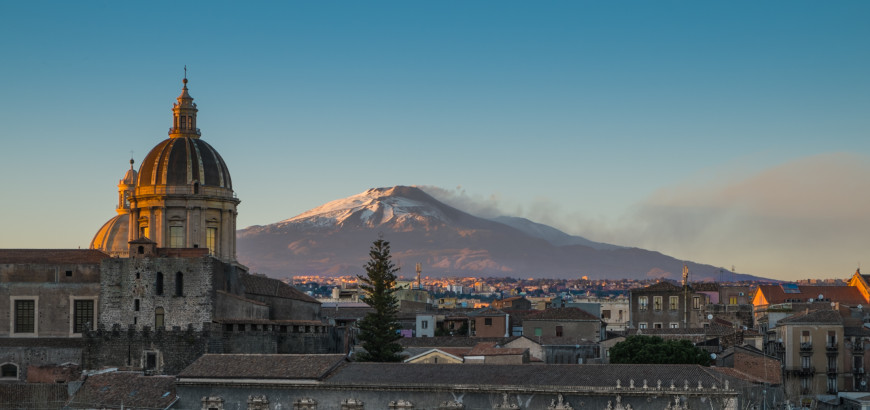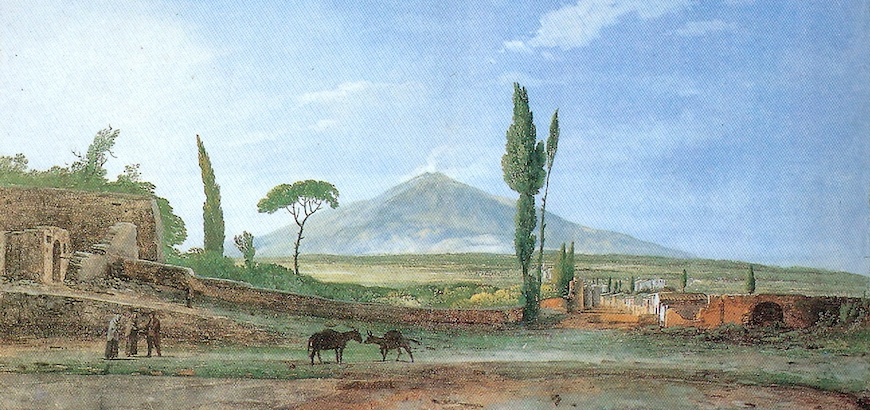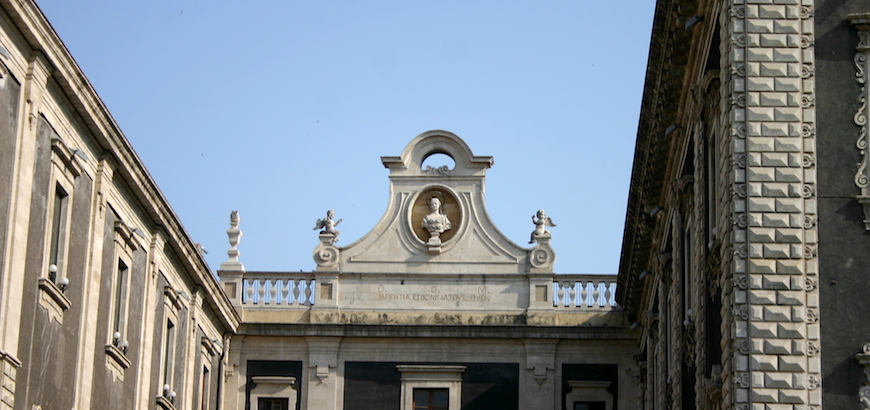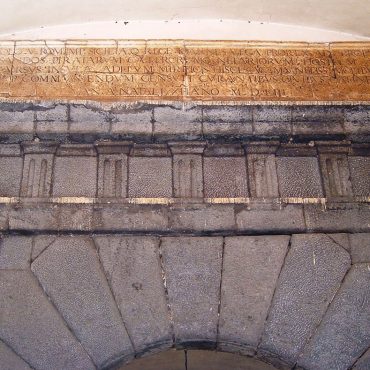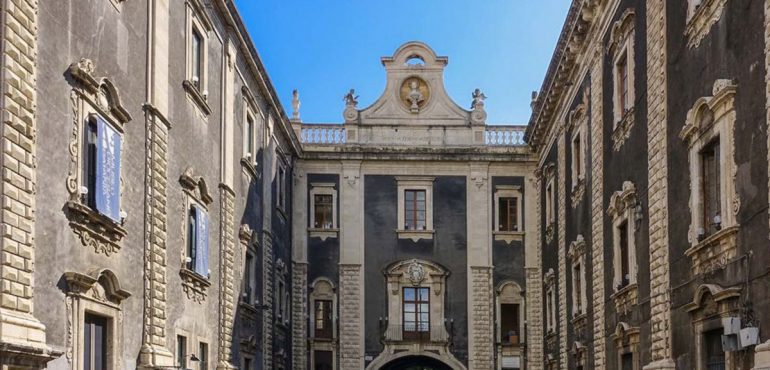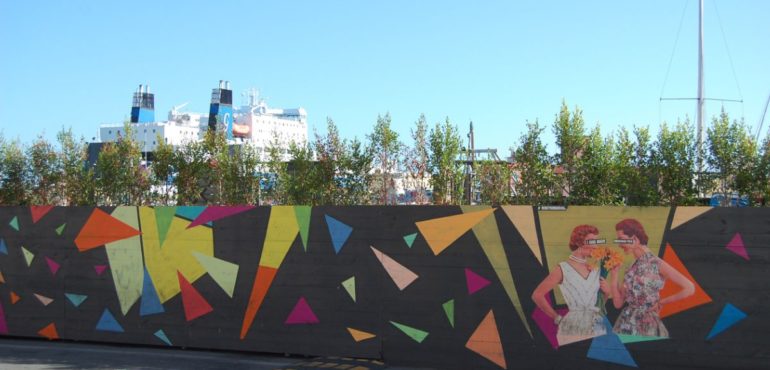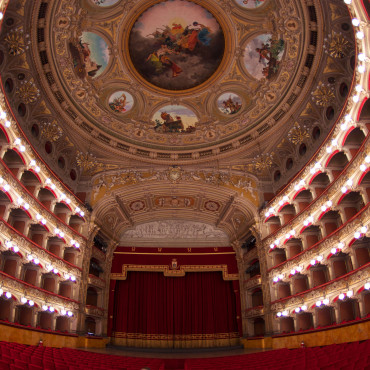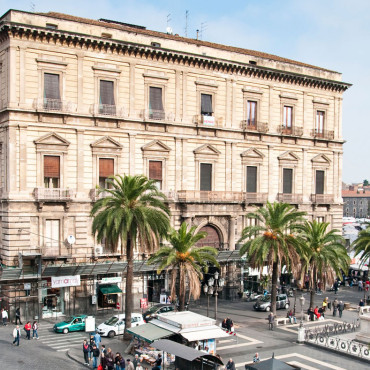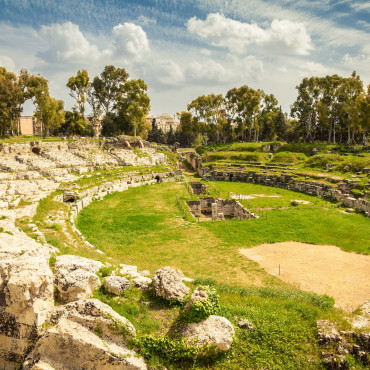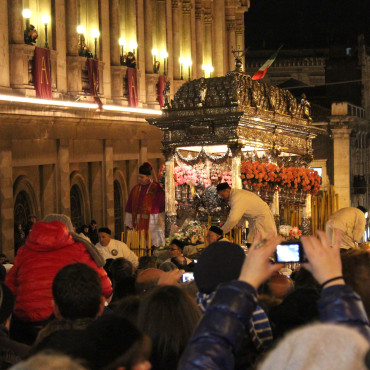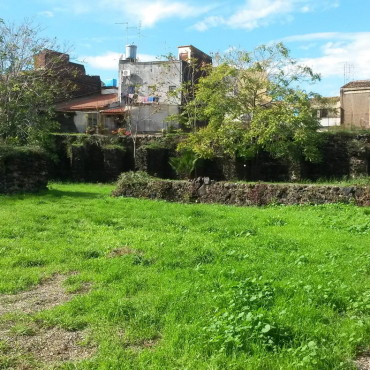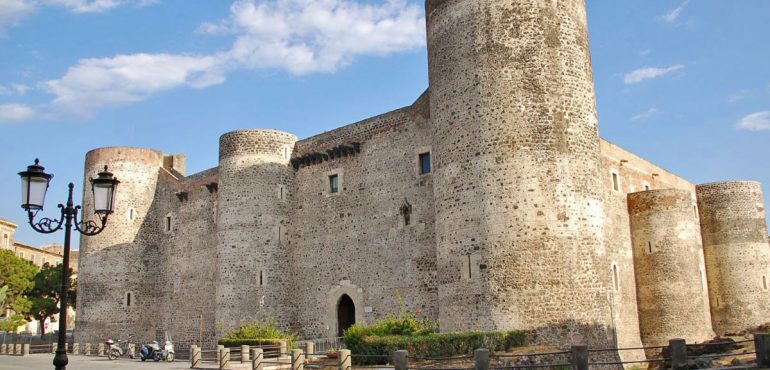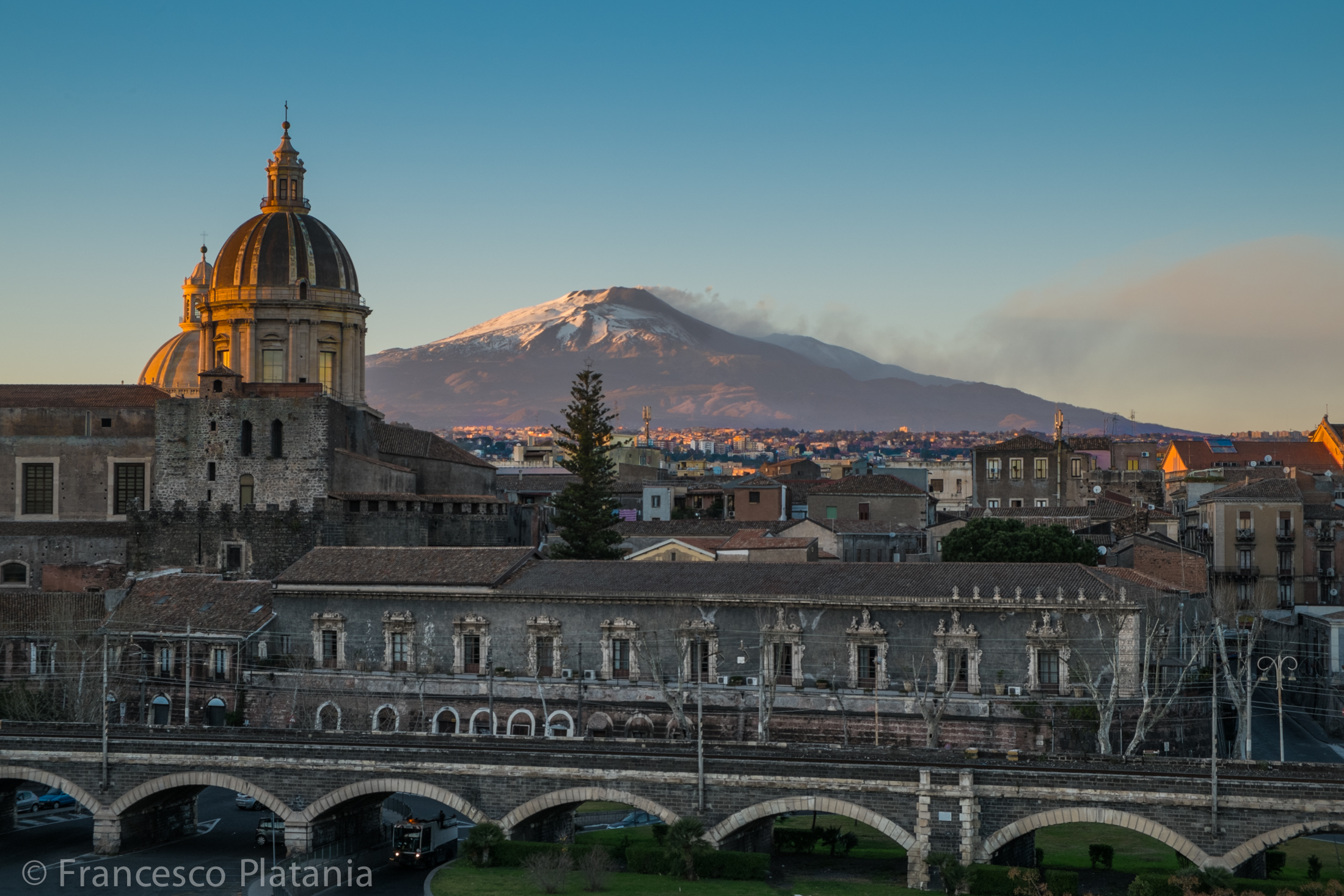
Take a leap into history with us along the streets where once there were the walls of Charles V, have a look at what remains of them today and recall the ancient monuments.
When Charles V ascended to the throne in the sixteenth century, the Sicilian coasts were often under attack from Turks. As a result he ordered a new defence system to be built that could resist enemy attacks with seven doors and eleven bastions.
The 1693 earthquake, the 1669 eruption 1669 and the work of men have almost wiped the walls off the map, but there are still some traces to be found.
In the past and still today, the ancient entrance to the city was the Carlo V door in Piazza Pardo.
Along via Dusmet, however, you can admire the walls that have been incorporated into more recent architecture.
Not far away is the Uzeda door, built after the earthquake in 1693 which took citizens out of the city to be greeted by the blue Mediterranean Sea. Today you can’t see it but you can still smell its scent.
The second door, Vega door, was in front of the harbour in via del Porticello. The wall continued until via porta di Ferro, with the door bearing the same name.
Between the two doors there were the bastions of Don Perrucchio and Del Salvatore which had the task of defending the city from the Turks. North-East, in piazza Cutelli, the city was protected by the bastion of San Giuliano and to the North by the bastion of San Michele, in piazza Scammacca. Before it there was the Saint Orsola Door, which took its name from the church that was built on it, just near the Massimo Bellini Theatre.
Paying attention to the buildings, small details of that time can be found along the way like the scarp wall!
Travellers coming from the region of Aci entered from the Stesicorea door located near the tomb of the poet Stesicoro which was better known as the Aci door. Outside the walls were the remains of the Roman amphitheatre, visible today in Piazza Stesicoro below the road surface. To discourage enemy attacks its upper floors were destroyed.
The walls continued up to via Cappuccini (the bastion of Santo Carcere and the Door of the King). The door was an important stop during the feast of St. Agatha. The procession, in fact, passed through it before stopping at the church of St. Agatha La Vetere.
To the west the walls reached via Torre del Vescovo, where you can still see the bastion of Infetti. Not far from here was the bastion of Tindaro.
Via del Plebiscito was the ancient route of the walls that reached the bastion of San Giovanni, in via San Giovanni which was destroyed in the earthquake of 1693. In piazza Sant’Antonio there was the bastion of St. Euplio which connected to the last door, the Door of the Decima. Its name came from the tax office which ordered that one tenth of the crop had to be paid in taxes.
The wall ended at Ursino Castle where the two last bastions were located: St. Giorgio and St. Croce.
At that time the castle was in a strategic position overlooking the sea, but the building of the bastions and an eruption moved the castle further away from the sea and modified its structure.
